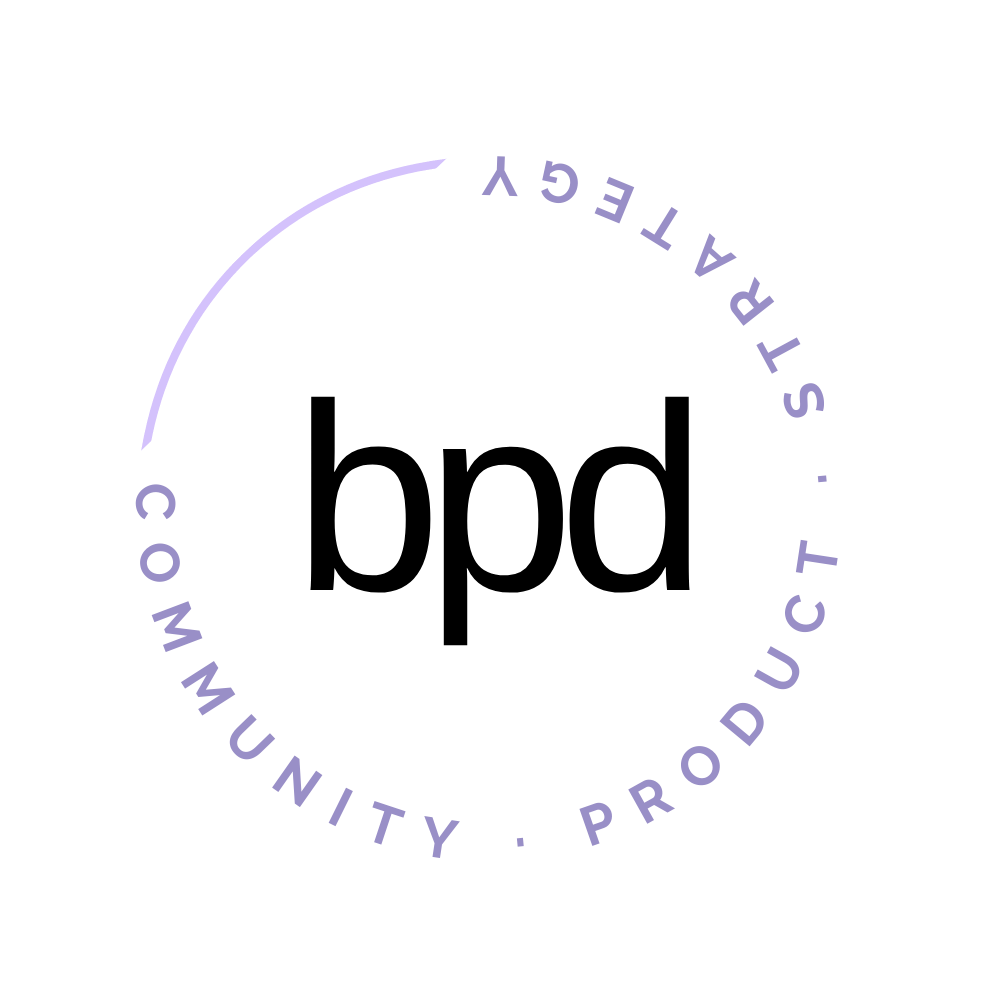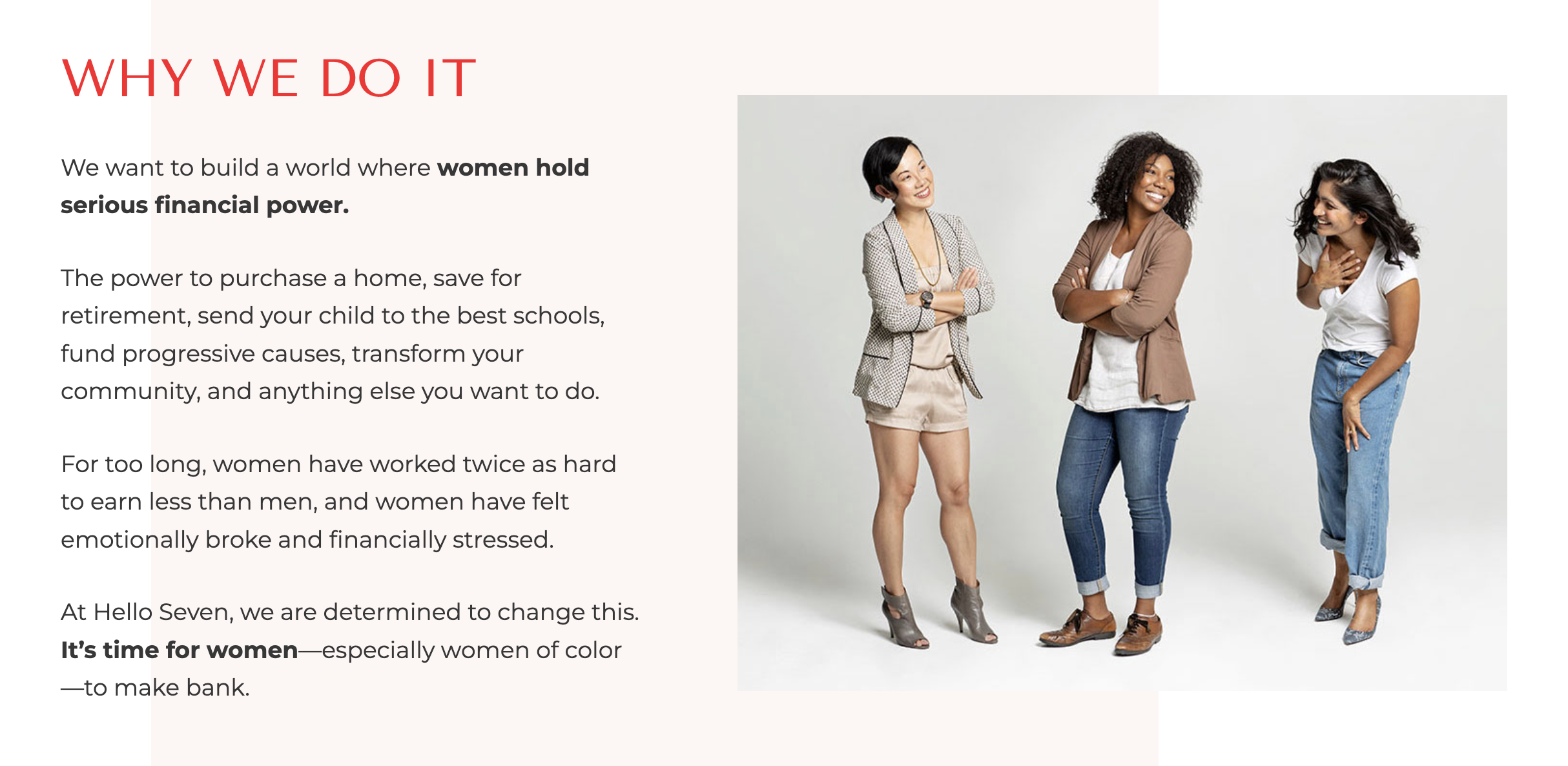#46 Don’t Build A Fan Club
I am on cloud 9 today ... I had my first in-person strategy sprint this week and it was AMAZING. This service has been in beta and I'm excited to make it one of my core offers in 2024.
My client commented that this was the best investment she has ever made in her business... and she has literally joined masterminds with Brendon Burchard. *flips hair*
I made a video of the whole day – watch it on my Instagram here.
During our sprint we worked on taking her membership and community experience to the next level.
One of the things we talked about during our sprint is the difference between building a fan club membership and a network membership.
Many business owners (unintentionally) build a fan club ... and there are a lot of cons on the pro & con list for this one. Today I'll get into the risks and how to build a network membership instead.
In a world of personal brand queens and thread-boi culture, we are all at risk of building a fan club when we launch memberships.
And before I dig in – let me caveat by saying there are scenarios where this is totally okay ... like if you're Taylor Swift or Beyoncé.
But in most scenarios ... your community is not about you.
You can and should be the curator, facilitator, and connector. But your community members are the stars.
Fan Club vs Network Membership
A fan club has the creator or business owner at the center. All the questions and conversations are directed at you, and you are the "talent" of all the calls and experiences. Without your consistent presence, the majority of your members would cancel.
A network membership has the community members at the center. While you are a core member, you are not the focus of the membership. You curate and facilitate but your members are the focus. Your members talk about how you brought together an incredible group of people.
In most cases, we're leveraging audience to launch a community or membership... which may mean that people originally join your membership because they are a fan of you or your business.
But you can convert that fan-ism into a network membership experience.
Your fans are going to have things in common ... like their goals, values, and interests. Here's how to utilize this to develop a network membership experience instead of a fan club:
01 Create A Strong Premise
The transformation you're serving with the membership should be super clear. What journey are your members on?
You know the saying... "if you want to go far, go together". You are curating the space for that to happen.
Where are they going?
What is point A and what is point B?
Jay Clouse helps Creators go pro. He helps them go from hobbyists to professional creators. It's a long journey but it's a super clear premise.
02 Design & Nurture The Culture
This is the hardest one to make happen. You need to create a culture where people connect with each other.
Develop community guidelines that foster a culture of safety. You want your members to be able to be their whole selves and speak without worrying if things are "allowed". Be careful – don't be too restrictive.
By sharing the vision and values of the membership, both pre-purchase, and then reiterating during onboarding and frequently, you're creating a culture.
Rachel Rodgers talks about this quite a bit in regards to Hello7. The hero image on the website is a photo of her with actual members who are mostly women of color.
And in the third section they outline their vision and values –
"At Hello Seven, we are determined to change this. It's time for women –especially women of color–to make bank."
There are no questions what vision and values this membership is built around.
Your membership isn't going to be for everyone, and that is okay.
03 Set Expectations & An Example
Setting expectations is an important part of developing the culture.
Most clients I work with that are struggling with the engagement they expected haven't set clear expectations.
You need to share during onboarding how they should utilize the space you've created for them. The welcome email sequence is a great place to set expectations and it's also great to reiterate them in a welcome video.
Most importantly, you need to set an example of those expectations you set. If you are asking them to participate, you and/or your team should also participate as a member.
You need people to model the behavior you are hoping to foster – your members can't imagine your expectations.
04 Be The Connector
Connect your members to one another either personally (manually) or using online tools like Meetsy.
Anna Nassery is a QUEEN at this ... she is constantly making personal DM intros in her community The Creative Collective.
Even though every one joins the TCC because they're a fan of Anna, connecting with other members is very much encouraged and curated.
In fact, I've met clients and friends in DMs there!
After onboarding calls or introductions, introduce your members to other members that would be able to support their goals or current challenges.
Create events that are solely for connection. If everything is a presentation or training then they're not getting much time to share and connect with others.
My client Rebecca from The CEO Crowd said this week that we need to pass the mic to the members. I LOVE that. Make sure you're creating spaces where your members can speak.
05 Allow Sub-Communities To Thrive
If your members want to create their own connection groups within the membership, let them. If they want to try hosting an event within the membership, let them (within reason).
The more you restrict what members are able to do when it comes to connecting with other members, the more the membership is constrained to a fan club.
Jay Clouse has done this really well in his membership The Lab (affiliate) by allowing members to create mastermind groups and focus groups for certain micro-goals on their way to becoming professional creators.
For example, I'm working on a couple branding projects in my business and so he created a pop-up (temporary) branding space for me and a few other members that are all dealing with this similar challenge.
I wrote an essay earlier this year about sub-communities, check that out here.
If you want the weekly issue including resources and behind the scenes of building a creator and service business, subscribe here for free!
👋🏻 Quick Note:
If you want to nail your transformation and develop your community journey in your business, we'll be doing this as a group during Journey Makers Live starting January 2024. My client signed up this week after doing the same process 1:1 in our sprint – she wants to do it again!

